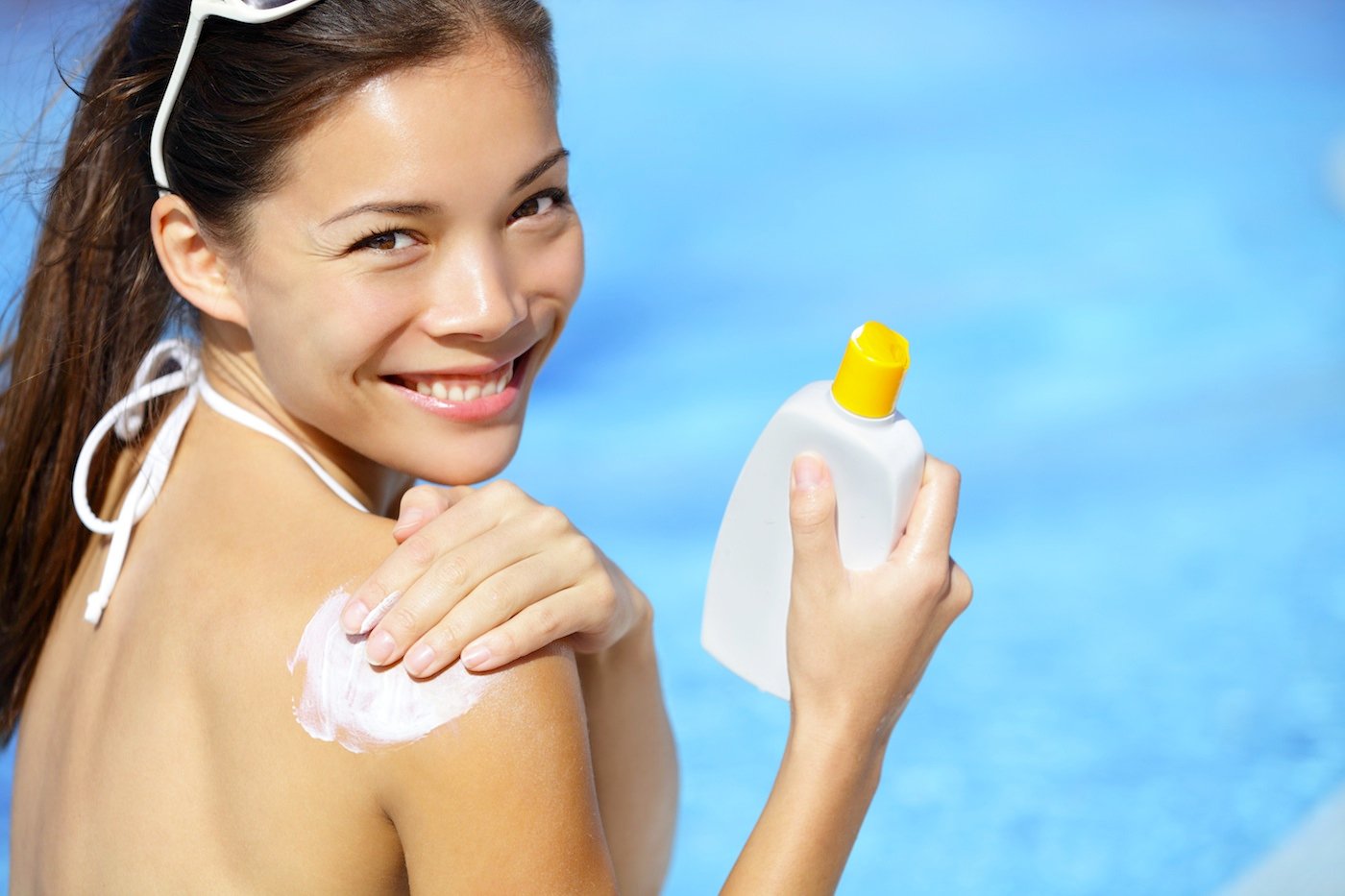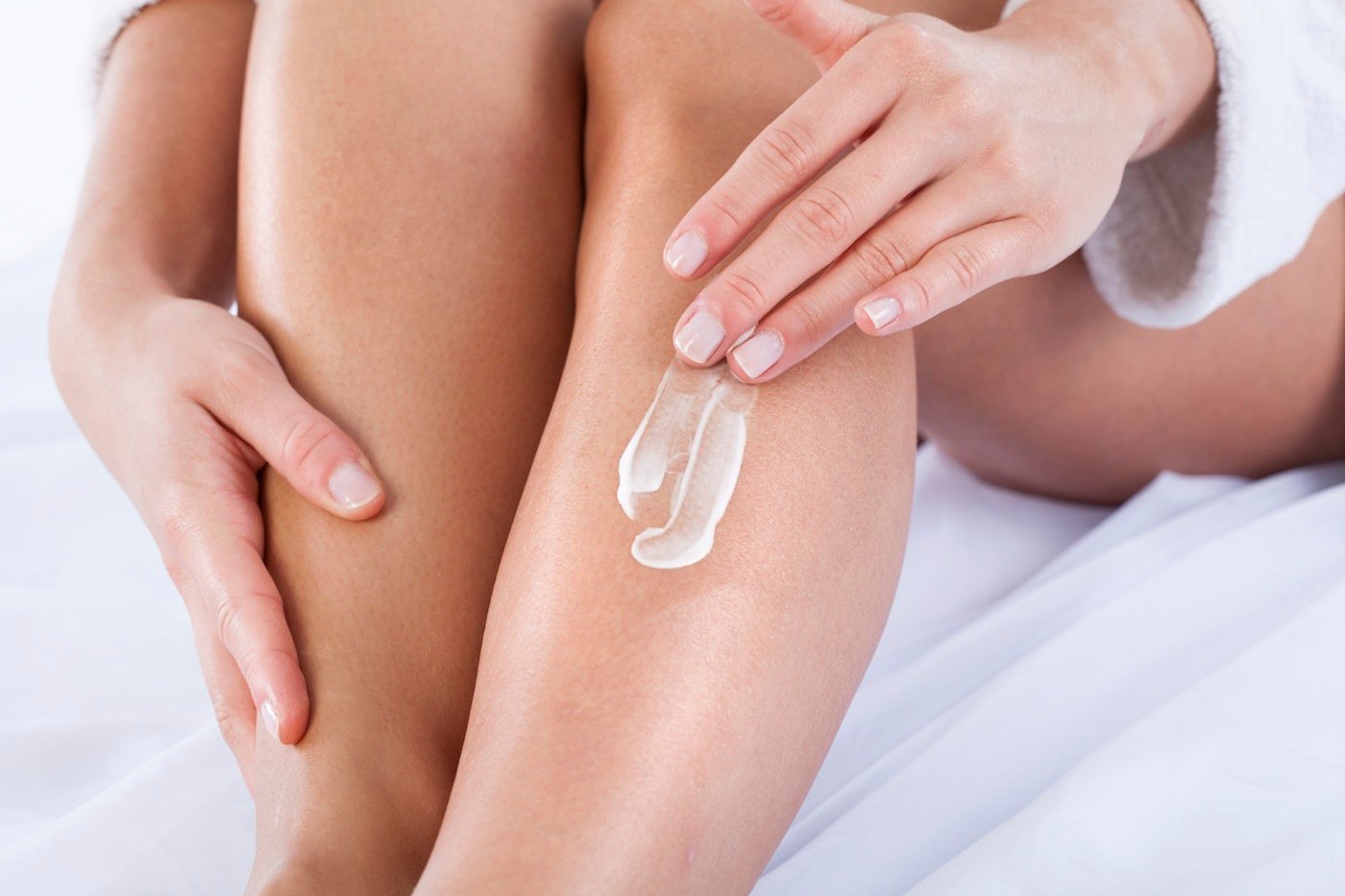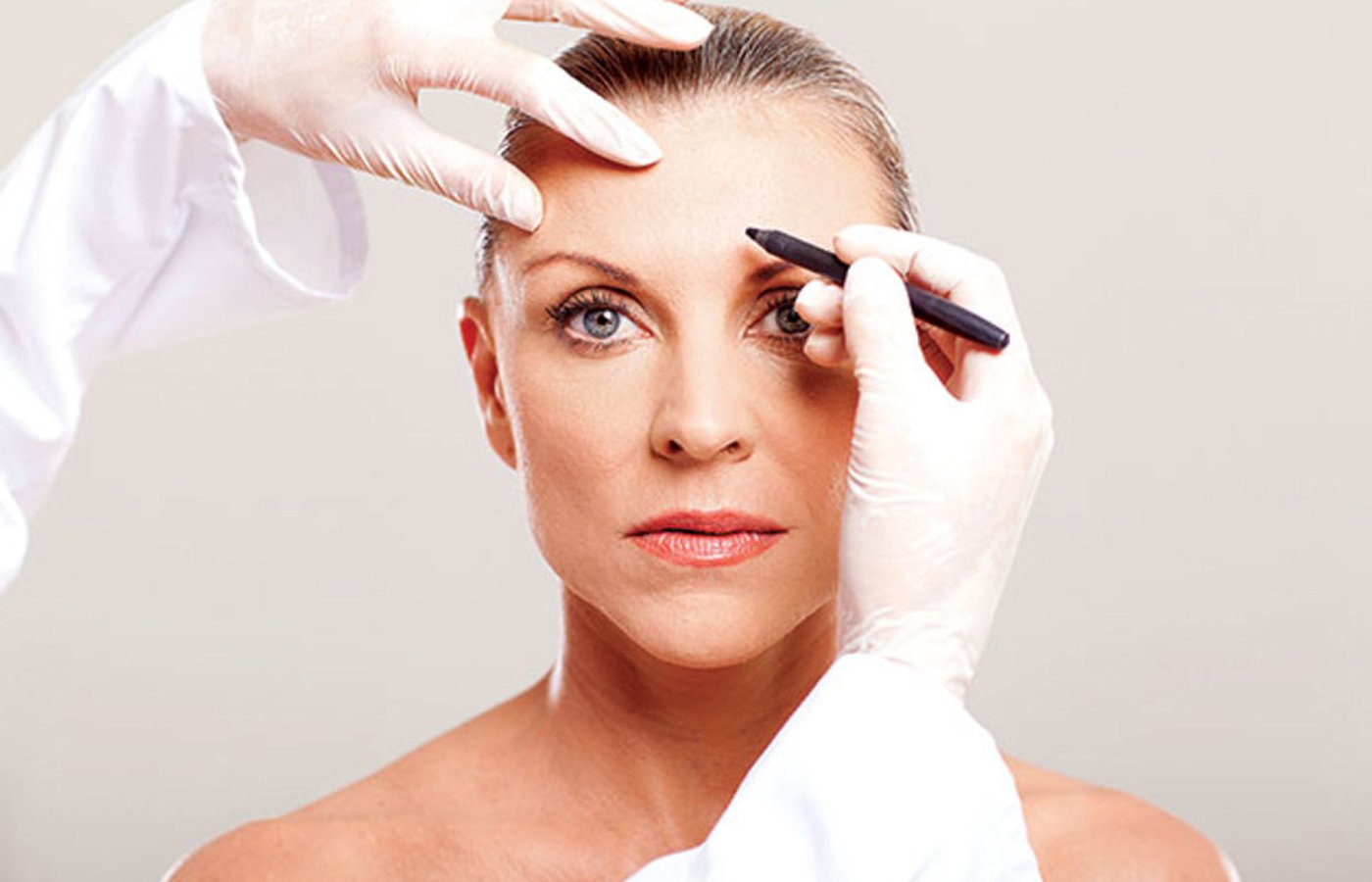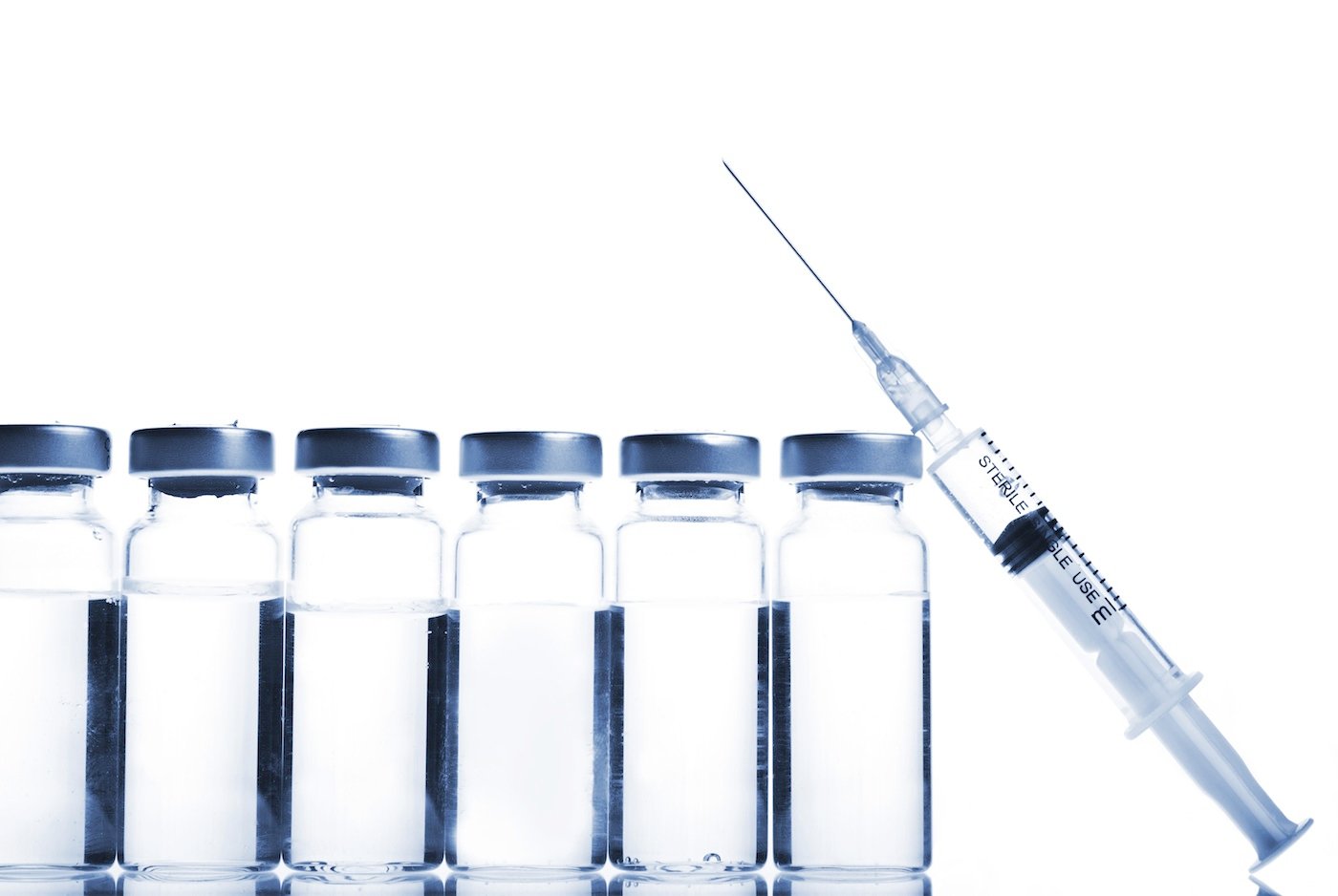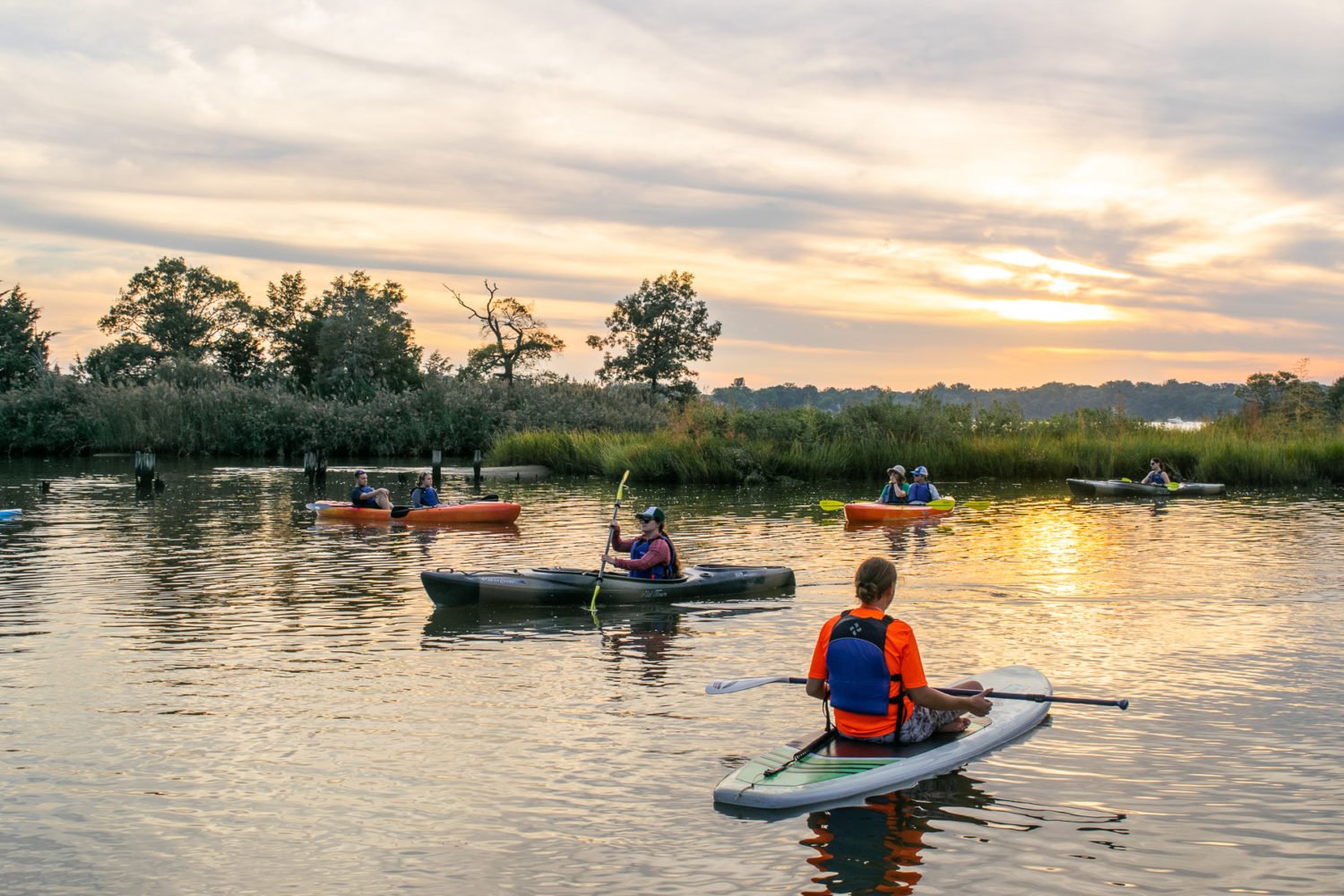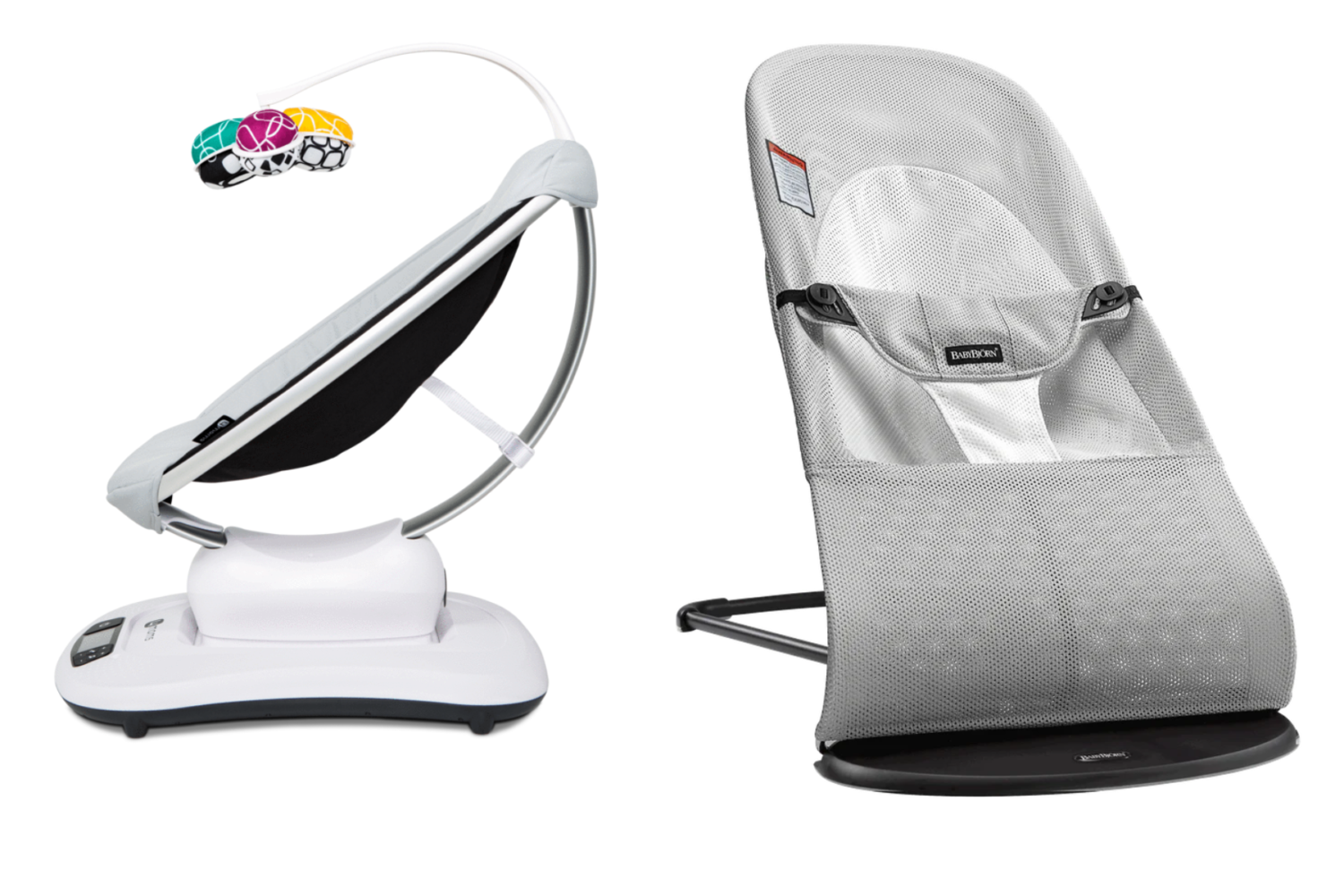Memorial Day, the unofficial start of summer is almost here. Even though it isn’t technically summer yet, Washington sunshine is strong and can burn the skin very quickly.
As you’ve been told a hundred times, the best way to handle a sunburn is to avoid it completely by using a broad spectrum SPF of 30 or higher applied liberally every two to three hours. Couple sunscreen use with sunglasses, a hat, and seek shade whenever possible, and you are all set for a skin-safe summer kickoff.
However, if you do get burned—caught unawares at a patio lunch or outdoor graduation ceremony—here are a few helpful tips to cool the fire.
Hydrate immediately. The skin is the body’s largest organ. The body can lose a lot of water through sunburned skin, causing signs of dehydration that include fatigue, headache, and nausea. Drink enough water to rehydrate and allow the body to heal.
Soak in a cool bath or use cool water compresses. Sunburned skin is hot and painful and the best overall treatment is to cool it. If possible, add a quart of milk to the bath to coat the skin with a protective layer of protein, but don’t rinse. Otherwise, drape towels soaked in cold water over the areas.
Take an anti-inflammatory medication. Ibuprofen is a good option, and it will also help to reduce pain.
Apply natural skin soothing gels and oils. Try aloe vera and tamanu oil. Pure aloe vera gel (snip the plant and apply the thick gel right to the skin) cools on contact, soothes, and reduces inflammation. Lesser-known tamanu oil is from a tropical nut and has anti-inflammatory properties and promotes the healing of new skin underneath the sunburn.
Leave blisters alone. If blisters form, hands-off. The top of a blister is a natural bandage that reduces the risk of infection. Leave the top of the skin intact over the blistered area, don’t peel it off.
Go see a doctor. Seek medical attention immediately if the majority of the skin’s surface is severely burned and starting to blister. Sun “poisoning” is a serious medical condition that requires rehydration and the advice of a medical professional.
With so many good sunscreen options available for every skin type, there is no excuse not to use it. However, sunscreen isn’t the only part of a sun-smart program. Truly protect yourself and your family from skin cancer by seeking shade where possible, wearing hats and sunglasses, and avoiding the sun when the ultraviolet rays are at their most powerful, between 10 AM and 2 PM.
Additionally, sun-protective clothing now comes in lightweight, breathable material that is stylish (think LuLu with benefits), and it’s a fantastic option for active families. Just put on the SPF 50+ shirt or tunic and you are protected for the entire day, no reapplication required.
Dr. Elizabeth Tanzi is a board-certified dermatologist and co-director of the Washington Institute of Dermatologic Surgery.

